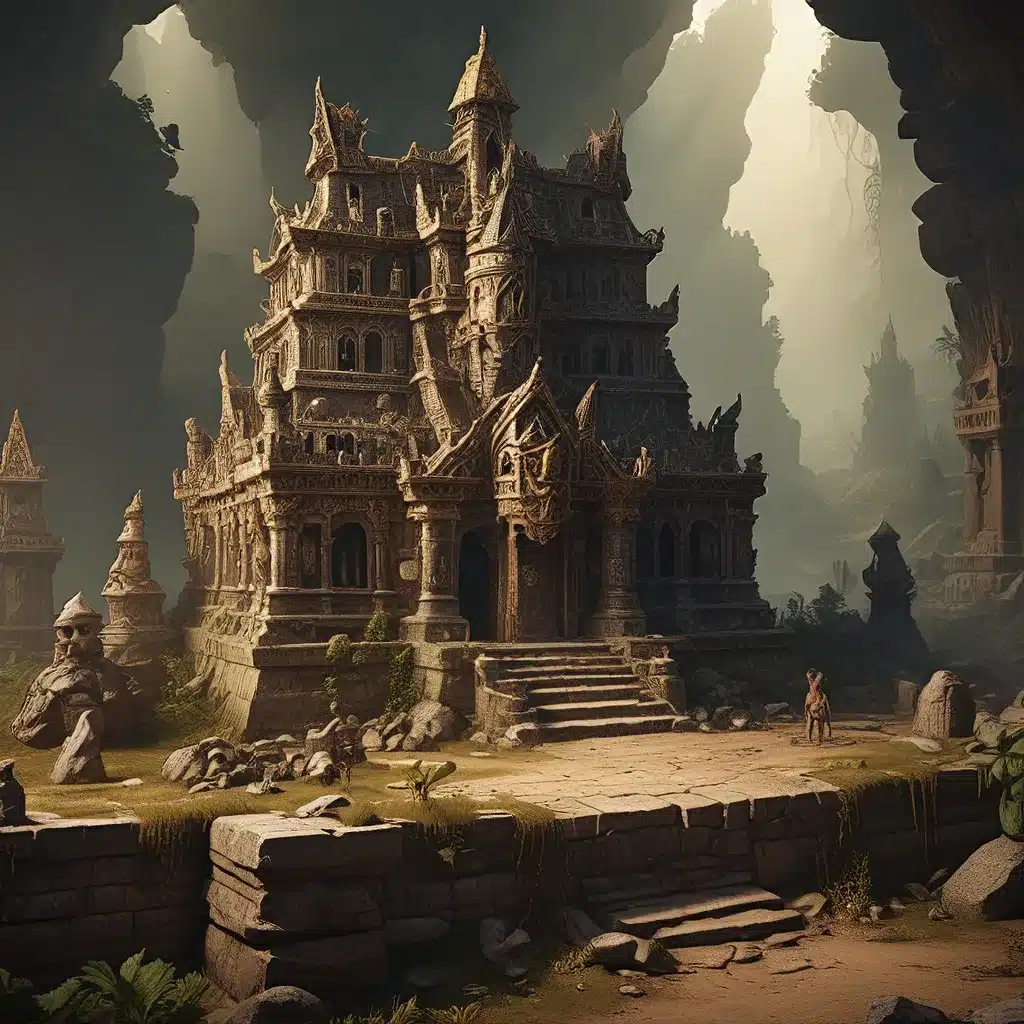
Rediscovering the Splendor of Ancient Philippine Civilizations
The Philippines, an archipelago teeming with over 7,000 islands, has long been a land of hidden treasures and forgotten kingdoms. Buried beneath the lush landscapes and azure waters lie the remnants of once-thriving civilizations, their stories waiting to be unearthed by intrepid archaeologists and historians.
Recent excavations in the Philippine islands of Luzon, the Visayas, and Mindanao have revealed a stunning collection of gold artifacts, ranging from intricate jewelry and ceremonial weaponry to ritual objects and funerary pieces. These remarkable discoveries have shed new light on the prosperous and sophisticated cultures that flourished in the region between the 10th and 13th centuries, long before the arrival of European colonizers.
The Splendor of Philippine Gold
The Philippines has long been known for its abundant gold deposits, which were readily exploited by the local populations during the period of these lost kingdoms. The wealth and artistry evident in the recovered artifacts suggest that these ancient Filipinos were highly skilled in the art of gold-working, creating pieces of extraordinary beauty and complexity.
One of the most significant finds is the Surigao Treasure, a spectacular hoard of gold necklaces, chains, waistbands, bangles, ritual bowls, and ceremonial weapons accidentally discovered in 1981 near the town of Butuan. These exquisite objects, now housed in the collection of the Ayala Museum, offer a tantalizing glimpse into the lives and customs of the ruling elite of these forgotten kingdoms.
Archaeologists have also uncovered numerous gold barter rings, which suggest that currency was in circulation during this period, as well as evidence of extensive maritime trade connections throughout Southeast Asia and beyond. The strategic location of the Philippine archipelago, situated between the Pacific Ocean and the Indian Ocean, likely played a crucial role in the development of these vibrant trading networks.
The Rise and Fall of Butuan
One of the most prominent of these lost kingdoms was Butuan, a flourishing port settlement that rose to commercial prominence in the 10th century. Chinese historical records document diplomatic relations between Butuan and the Song Dynasty, as well as the importation of valuable goods such as camphor, cloves, mother-of-pearl, and tortoiseshell to China in exchange for gold, silver, and ceremonial flags.
The astonishing quantity and quality of gold treasures recovered from Butuan suggest that this ancient civilization played a significant and until recently, little-recognized role in the early maritime trade networks of Southeast Asia. In fact, the amount of gold found in Butuan far exceeds that discovered in Sumatra, the heartland of the renowned Srivijaya Empire.
Despite its commercial prominence, Butuan’s rise ultimately gave way to decline in the 13th century for reasons that remain unclear. Future archaeological excavations in the region may provide more insight into the everyday life and eventual fate of this once-thriving polity.
Tracing Cultural Connections
The gold artifacts recovered from various sites across the Philippine archipelago reveal intriguing cultural connections and shared artistic traditions with neighboring regions. Stylistic similarities to objects found in Java, the Mekong River delta, and eastern Indonesia suggest a vibrant exchange of ideas, materials, and techniques within the broader Southeast Asian network.
Archaeologists have also discovered evidence of a longstanding tradition of interregional exchange, including the production of greenstone nephrite slit hoops in the northernmost Philippine islands of Batanes, using materials imported from Taiwan. These findings suggest that the cultural and economic connections in the region predate the timeframe of the lost kingdoms by thousands of years.
Preserving the Legacy
The preservation and study of these extraordinary artifacts from the Philippines’ precolonial past is of critical importance. The Lost Kingdoms website and its associated exhibitions and programs aim to raise awareness of these forgotten civilizations and their enduring cultural legacy.
By shedding light on the sophisticated artistic traditions, flourishing trade networks, and complex sociopolitical structures that characterized the Philippines in the medieval era, these efforts help to challenge stereotypes and broaden our understanding of the region’s rich history. As new discoveries continue to emerge, the story of the Philippines’ lost kingdoms promises to become an increasingly vital part of the global narrative of ancient cultures and their enduring impact.


